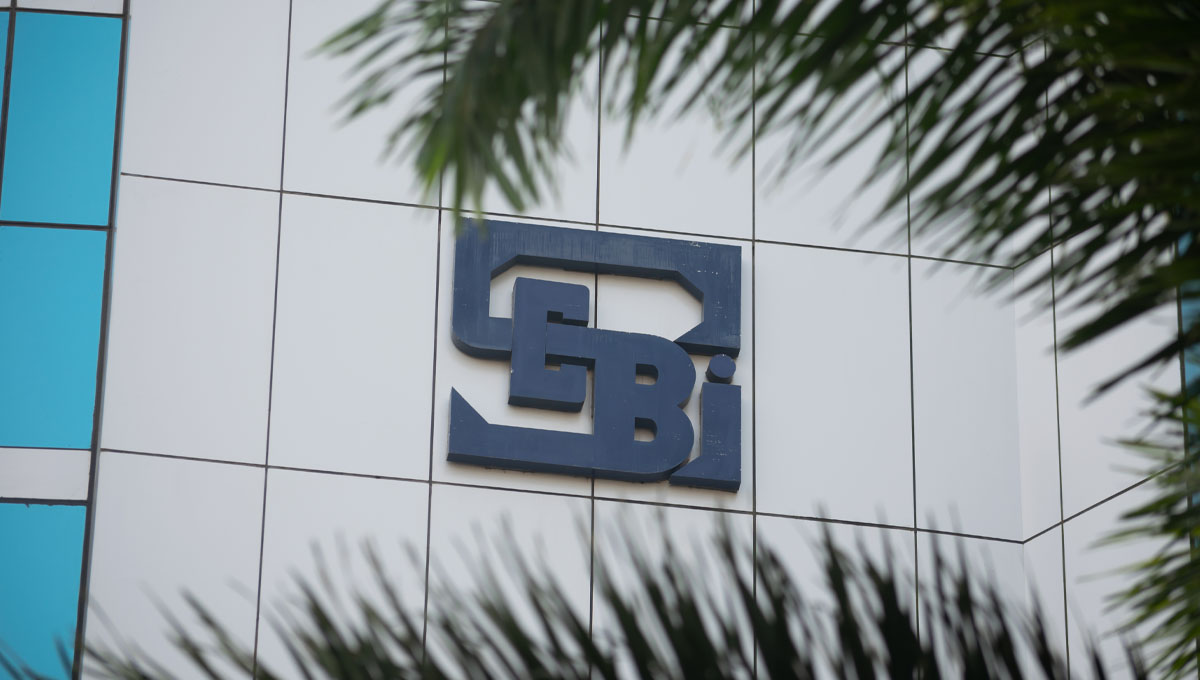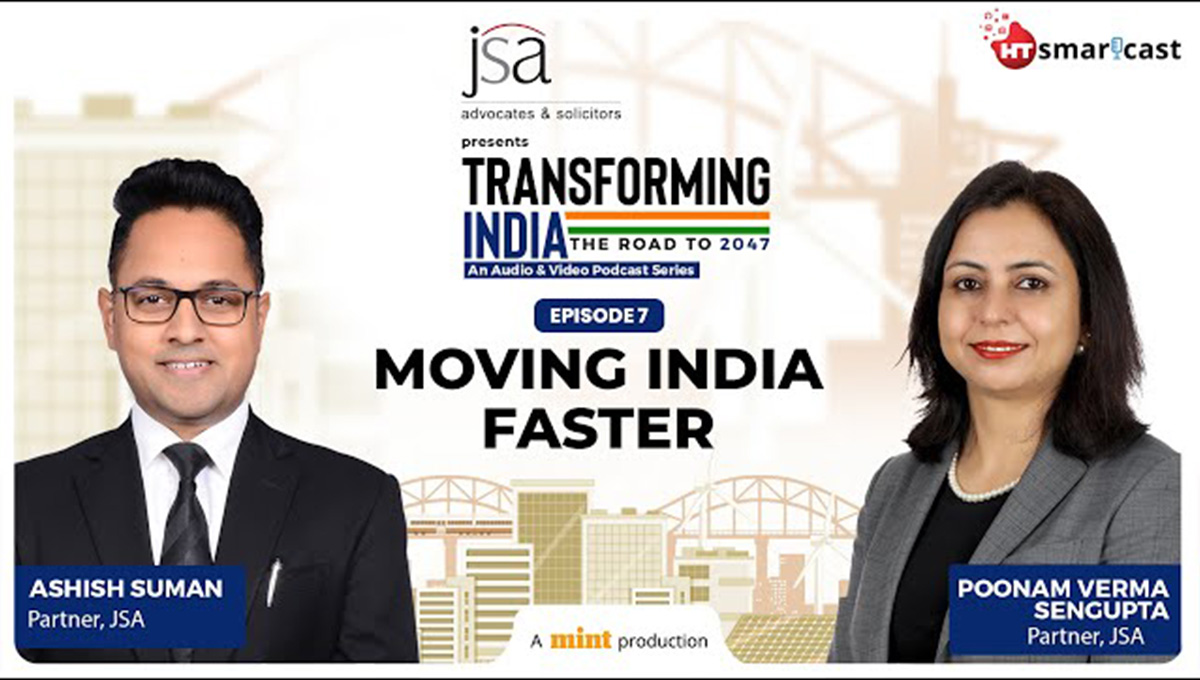The Fourth Amendment introduces the construct of:
- Confidential filing of draft offer documents for Indian issuers looking to undertake an initial public offering (“IPO”);
- Monitoring of issue proceeds for preferential issues and qualified institutions placements (“QIP”), amongst others.
Highlights of the Process of Confidential Filing:
- The issuer prepares and files a draft red herring prospectus with SEBI and the stock exchanges (“Confidential DRHP”), however, this Confidential DRHP will not be available for public review or comments.
- The issuer needs to issue a public advertisement that it has filed the Confidential DRHP with SEBI, but not mentioning any other details of the public issue, neither guaranteeing that it will complete the IPO nor inviting comments from the public.
- SEBI reviews the Confidential DRHP and provides comments on the Confidential DRHP. Usually this involves a few rounds of comments from the regulator on the Confidential DRHP, which process one can reasonably expect to continue.
- Stock exchanges may also provide comments on the Confidential DRHP.
- After incorporating the comments received from SEBI and the stock exchanges, the issuer will be required to file an updated Confidential DRHP (“UDRHP-I”) reflecting the changes made to the Confidential DRHP pursuant to regulatory comments and other factual changes.
- At this stage, the issuer will also have to issue a second advertisement, informing the public of the filing of this UDRHP-I and inviting comments on the same. The period for inviting comments shall be 21 days. The key difference from the public filing process is that the draft document made available for public comments, has already undergone regulatory scrutiny and therefore more likely to be a more complete document from a disclosure perspective.
- Between stages 2 and 3, the issuer can approach a selected list of qualified institutional buyers (“QIB”), for marketing the IPO. This is a formalisation of the current public filing process, wherein issuers do conduct marketing post the filing of a draft red herring prospectus.
- Taking cue from the listing regulations, while the issuer is supposed to maintain a record of the investors it meets for marketing, presently there is no need to file this data with the regulators. Information shared with these QIBs will need to be limited to the Confidential DRHP. Parties may have to consider entering into non-disclosure agreements with these QIBs to ensure that the content of the Confidential DRHP remains within select set of participants and is not disseminated.
Comment: It is interesting to note that while SEBI has asked for a minimum time gap of 7 working days between the closure of these investor meetings and filing of the UDRHP-I. These meetings can be conducted only until any observations are issued by SEBI on the Confidential DRHP. - Fourth, after incorporating comments received from the public, the issuer will be required to file a further updated version of UDRHP-I, which is termed as UDRHP-II, to show changes pursuant to public comments and any factual changes.
- This UDRHP-II, with the IPO launch dates and other finalised details of intermediaries such as bankers to the offer, will be the red herring prospectus (“RHP”).
- Once finalised, the RHP will be filed with the registrar of companies (“ROC”).
Comment: The process of opening and closing of the IPO remains the same as per the SEBI ICDR Regulations.
Other Key Considerations
Eligibility for OFS
- The holding period of 1 year for shares to be offered in an IPO is to be calculated from the date of filing of UDRHP-I.
- The Confidential DRHP will have to be redone in case there is any change in the size of the offer for sale by more than 50%.
Comment: Practically, parties may have to decide on the indicative sellers in the IPO at the time of the Confidential DRHP itself, so that there are no substantial alterations, for various reasons, including the outcome of investor meetings.
Publicity
- Publicity activities for the period prior to UDRHP-I will require to be kept in line with past practices.
- Post filing of the UDRHP-I, the existing publicity restrictions and disclaimers will have to be followed.
Convertibles
- The issuer is entitled to retain outstanding convertible securities and rights available to shareholders to receive equity shares till SEBI issues observations.
- The public filing process contemplates that all such convertibles should be converted or be terminated or extinguished before the RHP is filed with the ROC.
- The Fourth Amendment has proposed that all such convertible securities and rights should be converted prior to the issuance of SEBI observations on the DRHP.
- The exceptions to this conversion requirement are options granted under employee stock option schemes and fully paid-up convertible securities, which are required to be converted on or prior to the RHP filing.
Comment: While the wording has remained similar to the existing eligibility conditions under Regulation 5(2) of the SEBI ICDR Regulations, in future, SEBI may consider clarifying conversion of convertibles at the RHP filing with ROC stage for the confidential filing process.
Timelines
- In case of IPOs via the Confidential DRHP, the time period for opening of an IPO has been extended to 18 months from the date of final observations by SEBI, up from 12 months as per the public filing process.
- However, an issuer is required to file UDRHP-I by 16 months from the date of the observations.
Monitoring use of proceeds: Private placements not so private anymore?
- One of the key changes introduced through the Fourth Amendment is the requirement to have monitoring of use of proceeds of preferential allotments and QIPs above Rs. 100 crores.
- This requirement to have a credit rating agency monitor the use of funds raised (by other than by a public financial institution, insurance company or a bank) through preferential issues and QIPs aligns monitoring requirements with current IPOs and rights issues.
- Oversight of utilisation of money raised through public processes would always lead to greater compliance and is a move in the right direction. Having said that, SEBI may need to examine the existing disclosure regime for objects of QIPs and preferential issues in order to enable the credit rating agency to appropriately confirm the end-use.
Submission of offer documents
- In a reversal of the previous decentralisation of the IPO offer document review process, SEBI has not directed that offer documents be submitted to the head office.
Comment: This has implications:
a) a standardised approach to review of offer documents;
b) while potential bottlenecking and increased review times due to increased number of offer documents, remains a potential area of concern.
Simplifying disclosures
As a follow up to ongoing directions issued by SEBI through observations and through the Association of Investment Bankers of India, certain amendments have been carried out to disclosure requirements in IPO offer documents under Part A of Schedule VI. The key changes can be summarised as follows:
Key Performance Indicators
- In order to simplify the use of performance indicators by issuers to showcase their growth and potential, SEBI has directed that all such ‘Key Performance Indicators’ or ‘KPIs’ will now need to be provided to all investors and defined in simple terms.
- If defined using technical terms, such technical terms must in turn be defined. KPIs must be certified by auditors/peer reviewed independent chartered accountant or cost accountant and such certificate will become a material document for inspection.
- The KPIs in turn must be approved by the audit committee of the issuer and explanation must be provided as to how the disclosed KPIs have been used historically by the management to track or monitor the operational or financial performance of the issuer.
- Importantly, KPIs disclosed to investors prior to the IPO must be disclosed in the offer document and those disclosed in the IPO offer document will require to continue to be disclosed post listing, for a one year period or till the IPO proceeds are utilised, whichever is later.
IPO price justification
Another amendment which is in line with recent SEBI directives, is the requirement to set out the justification of the IPO price.
- Issuers will now have to provide details of the price at which significant number of shares (exceeding 5% of the fully diluted pre-transaction share capital) have been issued in the last 18 months (whether in a single tranche or on a rolling basis over a 30 day period).
- Similarly prices at which significant number of shares (exceeding 5% of the fully diluted pre-transaction share capital) have been acquired by promoters, selling shareholders, members of the promoter group or shareholders with the right to nominate directors to the board have been transacted in the last 18 months (whether in a single tranche or on a rolling basis over a 30 day period) have to be disclosed.
- Moreover, SEBI has also now formalized the requirement of the price band advertisement specifically including a mention of the recommendation from a committee of independent directors of the issuer re the price band being justified based on quantitative factors / KPIs disclosed in ‘Basis for Issue Price‘ section vis-à-vis the weighted average cost of acquisition of primary issuance / secondary transaction(s) disclosed in ‘Basis for Issue Price‘ section.
This blog is authored by Capital Markets team.
Disclaimer for Updates / Client Alerts
This update is not an advertisement or any form of solicitation and should not be construed as such. This update has been prepared for general information purposes only. Nothing in this update constitutes professional advice or a legal opinion. You should obtain appropriate professional advice before making any business, legal or other decisions. JSA and the authors of this update disclaim all and any liability to any person who takes any decision based on this publication.









